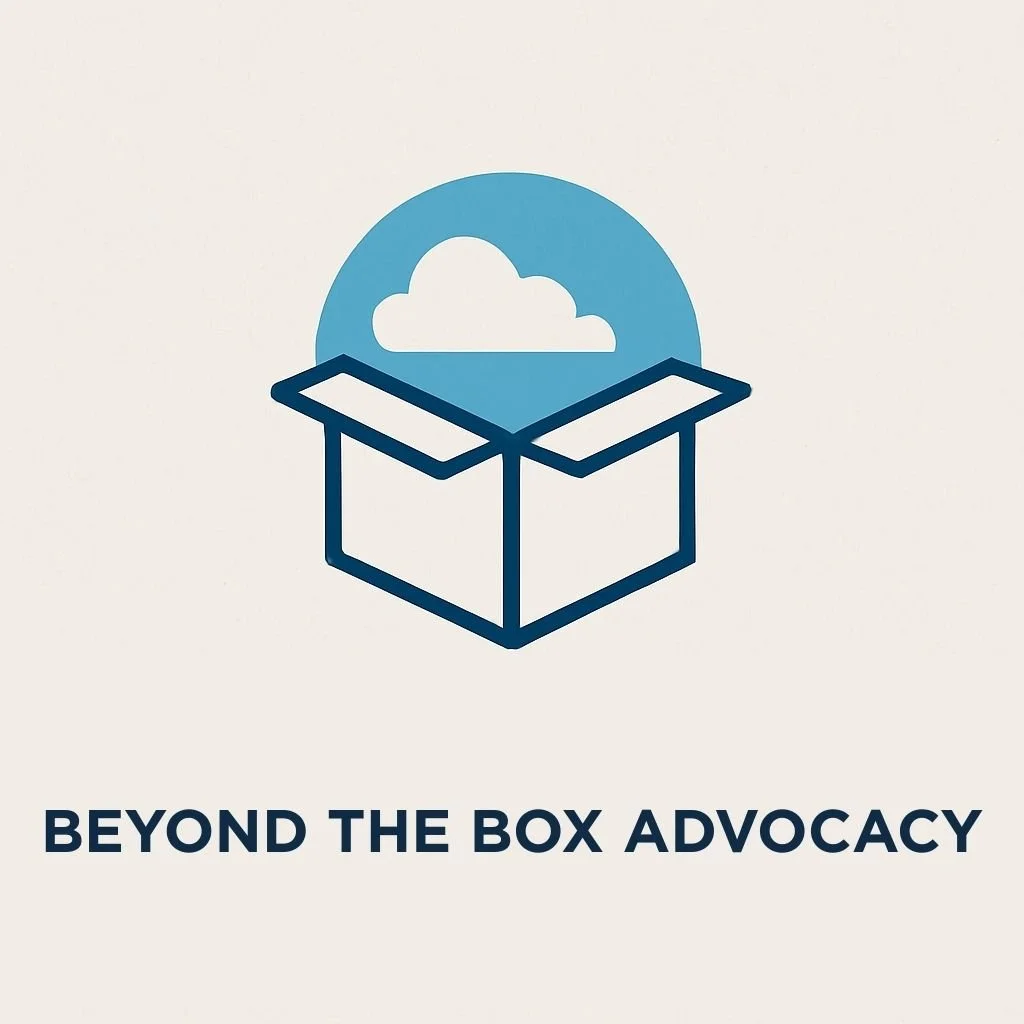Enforced Barriers Project
How the current system limits disability freedom
People with disabilities are not held back by their abilities, they are held back by systems built on restriction instead. These barriers were not accidental and they were designed around control, scarcity, and conditional access. They shape daily life more than diagnosis and they limit not only what support a person receives, but also where, when, and under what terms they are allowed to use it.
The Enforced Barriers Project names this design so it can be dismantled. By exposing how restriction is built into policy, not personal circumstance, the project shifts the question from “who qualifies” to “why the system was built this way at all.” Naming the structure is the first step toward replacing it.
The Four Enforced Barriers
-
Because services are tied to state lines, moving can mean losing healthcare, personal care, or essential supports. People stay where they are not because it is best, but because moving is unsafe. This turns geography into a form of containment because a person is “free” only as long as they remain in the state that currently covers them. Immobility is not a side effect of bureaucracy; it is actually built into the design.
-
Support is often tied to poverty, marital status, or means-testing, which forces disabled people to remain financially limited in order to keep the care they rely on. Independence is treated as a risk, not a goal. Instead of rewarding stability and growth, the system penalizes it making long-term planning, financial security, and family formation harder or impossible. Dependency is not a personal condition; it is a manufactured one.
-
Benefits, eligibility, and services can be reduced or removed at any time, forcing people to live in constant fear that stability could disappear without warning. This creates a survival mindset instead of a growth mindset. Insecurity is a form of control because when support can be taken away, autonomy is never guaranteed. The message becomes clear: independence is conditional and always at risk.
-
Decisions about disability policy are often made without people with disabilities in leadership roles, which means the lived reality of the system is left out of the solutions. When disabled voices are excluded from planning, design, and oversight, barriers are treated as individual struggles rather than structural failures. Invisibility keeps the system unchallenged because those most affected are kept outside the room.

